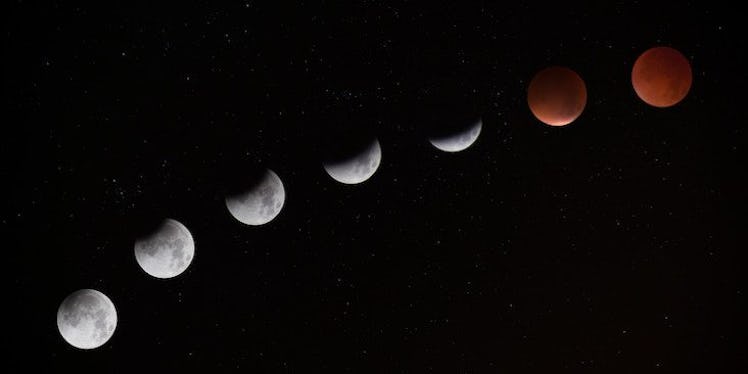
The Solar Eclipse Is A Magical Event You Don't Want To Miss, Here's How To See It
In just a week's time, you'll be able to witness a solar eclipse. On August 21, North America will have a front row seat to a spectacular event, as the moon passes between the Earth and the sun. During the solar eclipse, the moon blocks out light from the sun, leaving only the upper atmosphere of the sun visible. Though we were able to watch a partial lunar eclipse earlier this month, this total solar eclipse will truly be a sight to see. The question on everyone's mind about the upcoming celestial event probably revolves around how to see the solar eclipse.
We in the States won't be the only ones to witness the event. People in South America, Europe, and part of Africa will be able to watch the eclipse, if only at least partially. Though those in the United States are closer to viewing the entire solar eclipse, unfortunately, not everyone in the country will be in the right to place to watch the solar eclipse.
So, how do we see the eclipse?
Those with the best view of the eclipse will have to be in the path of totality, which is the portion of the moon's pass that places it directly in line with the Earth and the sun. According to NASA, this thin path is about 70 miles wide, and extends from West to East across the United States, beginning at Lincoln Beach Oregon, at 9:05 a.m. PDT (but not totally eclipsed until 10:16 a.m.) and ending near Charleston, South Carolina at 2:48 p.m. EDT. To find out if your location falls into the path of totality, NASA offers a useful map.
Elite Daily spoke with expert eclipse chaser Clint Werner, who tells us,
For eclipse 'virgins', first expect to be stupefied. Do not plan to do anything other than gaze at the wondrous sight before you and immerse yourself in the experience. Put down the phone, get your eyes off that little screen and onto the biggest screen, the celestial canvass.
The bad news? Everyone else outside of the path will only be witness to a partial eclipse, and miss out on both the dusk and the ring of the sun's atmosphere. But, you can still see a partial eclipse, and even watch a live stream of the eclipse happening.
If you're planning on heading out to watch the eclipse IRL for yourself, Werner says the best place to view an eclipse is "where there is a crystal-clear sky coupled with a long duration. Clouds are the horror of eclipse chasers. The duration is longest in the Illinois-Kentucky area near Carbondale but totality occurs in the afternoon when clouds tend to build." He recommends eclipse chasers be prepared with food, water, a full tank of gas, first aid, and patience, and to expect lots of traffic jams. In addition, don't forget your protective eyewear, aka eclipse glasses, before gazing up at the magnificent sight.